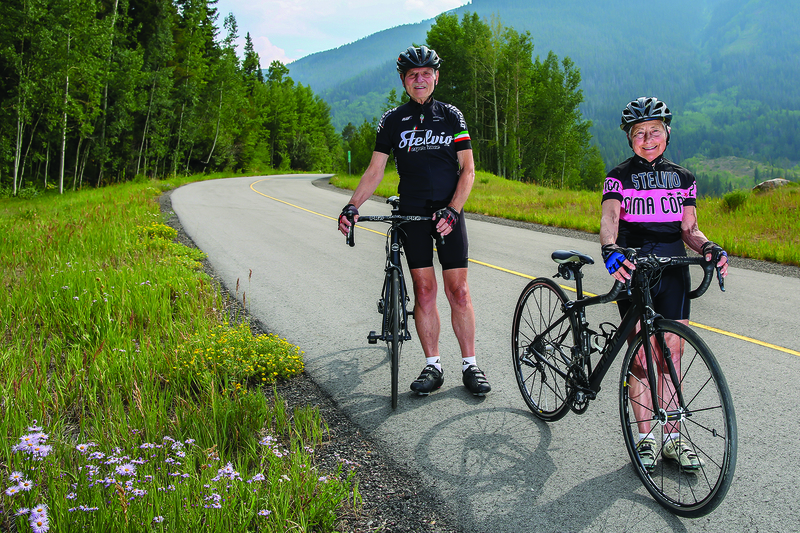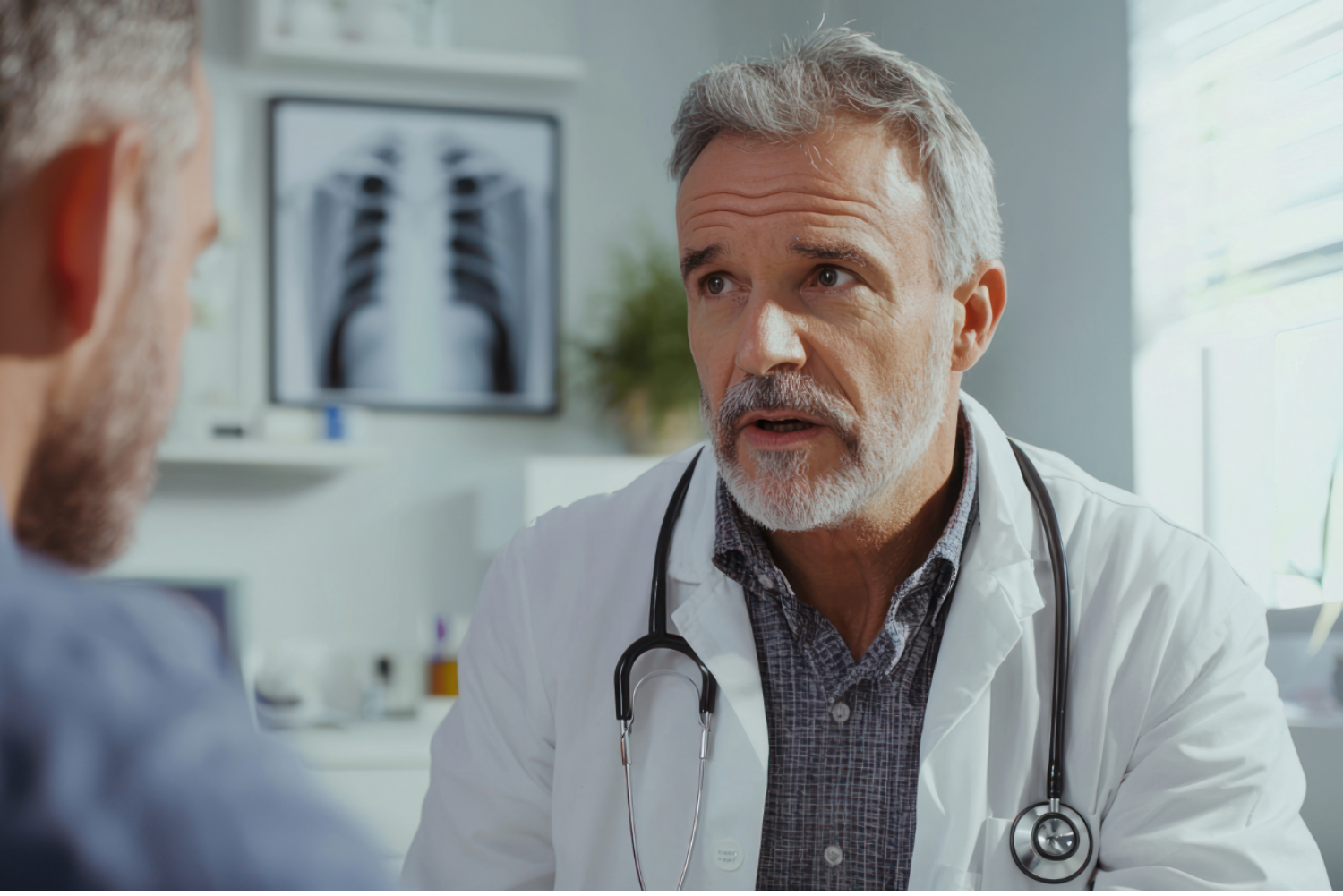News
Exercise for Joint Health

If you suffer from joint pain, the last thing you feel like doing is moving. Pain is the ultimate de-motivator, so when you hurt, the impulse is to sit still and wait for it to pass. Unfortunately, when it comes to joint pain, less activity makes it worse, not better. Joints become stiffer and muscles become weaker, and that’s when joint pain can really set in. In fact, science and research show that moderate exercise can not only help improve joint pain, but it may be the answer to postponing or eliminating the need for an intervention like joint-replacement surgery altogether.
Our joints, particularly in the hips and knees, are meant to be used. We utilize them for everything from normal everyday movement to the activities and athletics we so dearly love. As we get older, our focus needs to be on keeping joints healthy and well-balanced. Exercise keeps joints flexible and strong and helps people lose weight, taking further pressure off the joints.
What causes joint pain?
There are several reasons why someone may suffer from joint pain. Osteoarthritis is the main cause, which can come from repetitive overuse or general wear-and-tear as the joints simply break down over time. A secondary cause of joint pain is post-traumatic arthritis resulting from an injury.
While injuries can be fixed, the lingering damage typically sets patients on a trajectory that can eventually lead to arthritis.
Joint pain specialists
Eagle County is home to several nationally recognized joint replacement physicians. Dr. Raymond Kim of The Steadman Clinic specializes in adult joint reconstruction, knee and hip arthroplasty. Dr. Nathan Cafferky with Vail-Summit Orthopaedics focuses on hip, joint replacement and revision, knee and orthopaedic trauma.
Both physicians highly recommend low-impact sports for their patients who suffer from arthritis. “Pain is obviously frustrating, but we want you to keep moving, so we recommend patients take part in lower-impact activities and controlled exercises where their feet are grounded,” says Dr. Cafferky.
Dr. Kim says cycling, swimming and elliptical trainers are all ideal, low-impact activities. “Focus on activity modifications. If you enjoy hiking, try using hiking poles — especially on the downhill — to alleviate some of the impact and stress on the joints.”
According to Dr. Cafferky, underlying muscles can become weak with arthritic pain. “A lot of changes occur slowly, so the way we treat arthritis in the early stages is by keeping muscles strong.” While high-impact activities can aggravate and sometimes damage the joints, moderate forms of exercise provide critical lubrication.
“Cross training can help keep muscles and natural joints strong and healthy. Stretching and strengthening also become important. If you want to prevent stiffness, focus on range-of-motion exercises," says Daniel Wood, a physician assistant who works with Dr. Cafferky at Vail-Summit Orthopaedics.
Weight loss can have tremendous benefits for the joints. Both Dr. Kim and Dr. Cafferky explain that for every extra pound a body carries, the force is three times greater on the hip joint and four times more on the knee. “In other words, if you lose five pounds, your hip will feel 15 pounds lighter and your knee will feel a 20-pound difference.” This effect is magnified even more with running and other high-impact sports, which can create four to five times the force going through a joint.
Can joint replacement surgery be postponed or eliminated?
“We always start with conservative treatment and recommend patients live with the joints they were born with as long as they can,” says Dr. Cafferky. “While artificial joints are very good, they are still a mechanical implant. We recommend patients try all non-operative treatment approaches before considering surgery.”
Advanced practice providers (PAs and NPs) working alongside orthopaedic surgeons will often see new and established patients who may benefit from non-surgical options. A conservative treatment approach includes modifying activities; avoiding high-impact sports; using anti-inflammatory medication such as Advil or Aleve; weight control or weight loss; assistive devices or braces; steroid injections or viscosupplementation, an injection that lubricates the joint.
“Many of the patients we see in clinic are able to delay surgical intervention by maintaining a well-balanced conservative treatment regimen that typically includes activity modification, pain relievers and joint injections,” says Emily Neal, a physician assistant who works with Dr. Kim at The Steadman Clinic.
Replacement Surgery
When is joint surgery necessary? Dr. Kim says when patients become discouraged and have given up their favorite activities because of arthritic pain, joint replacement surgery becomes an option. “Thankfully, joint pain is a fixable problem with a very good solution. Joint replacement surgery can get patients back to the recreational activities they love, such as golf, tennis, skiing and hiking.”
Although physicians typically like patients to wait as long as they can before surgery, the average age of a joint replacement patient is lower than it was 10 years ago. “I would say the average patient age is 60 years old, but I have many patients who are in their late 40s or early 50s,” remarks Dr. Cafferky.
“Improvements with the surgical technique, anesthetic technique and post-operative physical therapy have led to better outcomes and faster recovery times,” says Dr. Kim. “Fifteen years ago, the average stay in the hospital for joint replacement surgery was four to five days; now we’re doing these as outpatient procedures.” A rapid recovery protocol gets patients up and moving the new joint right away, often walking by lunchtime after a morning procedure. Patients are also getting off pain medications faster than ever because pain is being treated through several avenues including post-surgical physical therapy.
Joint replacement surgery should be a last resort. Moderate exercise, which helps keep joints lubricated and eases pain, is the easiest — and most cost-effective — way to keep the joints healthy and working. And beyond the physical advantages, regular exercise also improves mental health, contributing to an improved quality of life.
__________________________________________________________________
The Steadman Clinic - www.thesteadmanclinic.com
- Emily Neal, Physician Assistant
Emily plays basketball, hikes and does circuit workouts. "I enjoy a challenging mix of aerobic, anaerobic and weightlifting exercises."
- Dr. Raymond Kim, Adult Joint Reconstruction, Knee and Hip Arthroplasty
Dr. Kim enjoys rock climbing, lifting weights and hiking. "Berry Picker is a great, short local hike."
Vail-Summit Orthopaedics & Neurosurgery - www.vsortho.com
- Daniel Wood, Physician Assistant
Daniel enjoys skinning, mountain biking, trail running and stand up paddle boarding several times a week. "Living and working somewhere I can stay active is vital."
- Dr. Nathan Cafferky, Hip, Joint Replacement and Revision, Knee and Orthopaedic Trauma
Dr. Cafferky exercises daily. "Whether I'm training for a race or just trying to clear my head, I focus most of my time and energy on hiking and trail running, mountain or road biking and swimming. In the winter, I do a lot more gym time and skiing. Vail is a prime location to take advantage of a healthy outdoor lifestyle, and I try to enjoy it as much as I can."
More News
-
New!
More

Screening Secrets: What Every Man Should Know About Prostate Cancer Screening
Prostate cancer is the most common type of non-skin related cancer in men, and it is the second leading cause of cancer-related deaths in men within the United States, behind lung cancer. Fortunately, if caught early, prostate cancer remains highly treatable and curable with minimally invasive procedures.
-
New!
More

Unplug to Recharge: Why a Digital Detox Is the Real Power Move for 2026
Our phones promise connection, convenience and control, yet most of us feel more scattered, stressed and sleepless than ever. The constant pings, scrolls and notifications have rewired our brains for distraction. The fix? Not abandoning technology altogether, but reclaiming balance.
-
New!
More

Beyond the Scale: Why Nutrition and Exercise Work Better Together
For decades, weight loss advice has been distilled into a simple equation: calories in, calories out. Eat less, maybe combine that with exercise, and the pounds will fall away. But according to experts at Vail Health, that equation overlooks a much bigger picture.





